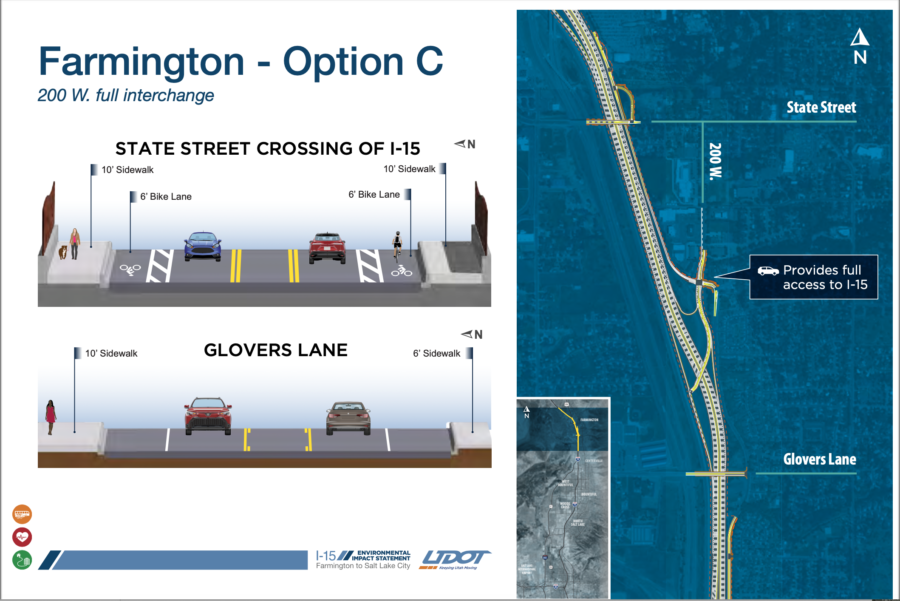When Stephanie Bell Hollist sleeps at night, she dreams — an “umbrella term” for nightmares, as her colleague Patrick Thomas puts it — about policy at Weber State University. That’s because she and other members of the Legal Counsel office at WSU have been working tirelessly for months to implement a new policy office at the university.
The Legal Counsel office has been working to make the policy development process at Weber State more efficient and transparent. To do so, they’ve been creating “policy-governing policies” with the goal of increasing policy accessibility for the campus community.
At the President’s Council meeting on Dec. 4, Hollist and Thomas presented an update on their progress to President Brad Mortensen and other officials at WSU.
“We’re here today to share with you some of the things we’ve been working on and then to start getting people involved in sending policies our way,” Hollist said. “We are really wanting to make sure we’ve got our bearings underneath us because we want to be able to rule out how we do policies on our campus and start providing some structure for what we’ve been doing.”
The pair showcased a handful of templates currently in the works for the new policy system they plan to introduce to campus faculty and staff in the near future. The templates included a standard policy template — with updates like numbered subheadings rather than roman numerals — a policy structure style guide and an executive summary and routing template.
These templates will provide a consistent voice for all policies at the university. According to Hollist, once they decide on a format they like, they will work to update established policies as well as encourage WSU personnel to access the forms via Google Drive when introducing new policies in the future.
“We’re hoping to have more of that kind of information available to people so as they craft policies, we have that consistent voice,” Hollist said. “We’re not going to be as robust at the outset as we’d like, but we’re working toward it.”
Originally, Hollist admitted that she would have liked to place the template forms on a “prettier website” dedicated to the new policy office. However, she also acknowledged the technological limitations her team has at the moment.
“We ended up realizing that we’re not IT experts,” Hollist said.
Luckily, IT Vice President Bret Ellis lent a helping hand by assigning Heidi Munk, a member of the WSU IT Business Services Team, to help explore options for the project.
With a technology professional at their side, Hollist and Thomas turned their sights to other universities in Utah, specifically Utah Valley University and Dixie State University, for inspiration in creating a website for the policy office.
“Dixie State and UVU were unsatisfied with the options out there while they were developing theirs, so they developed a site internally. Those are their own products,” Hollist said.
According to UVU’s Policy Office website, members of the campus community have access to policy manuals, university guidelines and approval pipelines while also receiving updates on policy changes and statuses. This is a format that WSU Legal Counsel wishes to achieve, even if it means purchasing the software directly from UVU itself.
However, regardless of the website and templates’ format or design, the number one priority Hollist and Thomas want to emphasize in this project is the transparency of the content.
“If we are transparent across the board with different entities and stakeholders, I think there will be more investment and awareness of the different policies we have on campus,” Thomas said.
For more information on policy at Weber State University, visit https://www.weber.edu/ppm/.


















